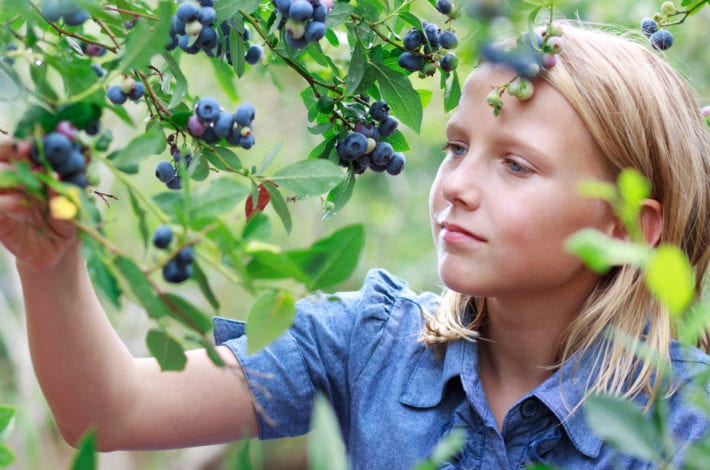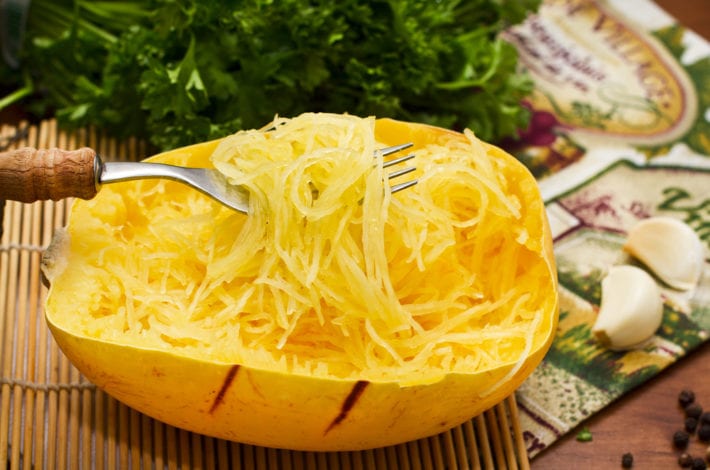

With the hubbub of daily life it’s easy to forget just how important our child’s nutrition is. At the rate little kids grow, what we feed them matters greatly to their physical, mental and emotional health, not to mention their behaviour. We all know as parents and carers the importance of encouraging our children to make healthy food and drink choices. Easy to say, but sometimes not so easy to do! If you can teach your child healthy habits in the early years then they can stick with them well into adulthood. Here are 11 ways you can help your children develop healthy eating habits for life.


Lead the way
You are your child’s biggest role model and you will have the greatest influence on their diet and lifestyle. If they see you shunning the salad and tucking into a large bag of crisps instead then they will be confused if they are not allowed to do the same. If they see you eating a healthy balance of food and leading an active life, then they are more likely to follow suit.


Use books to plant seeds of wisdom
Coaxing a child to eat broccoli or carrot sticks can sometimes fall on deaf ears, but books can plant seeds for habits in a way that can be much more powerful than mum and dad nagging. There are so many great books that share a message and inspire children to eat healthily. We love ‘I Will Not Ever Never Eat a Tomato’ by Lauren Child, ‘Monsters Don’t Eat Broccoli’ by Barbara Jean Hicks and ‘Oliver’s Vegetables’ by Vivian French.


Everything in moderation
Eating well is not about banning certain foods or forcing children to eat foods that they don’t like. It’s all about finding healthy foods that they like and having less of the sugary treats. If you forbid certain foods or talk about them as being unhealthy it can make them more desirable and also send the message that ‘good foods’ are boring (as it’s often things like cake and chocolate that we label as ‘bad’). There are no such things a good or bad foods, it’s all about a balance.
There are also times when more treats for special occasions are fine. If Grandma serves up ice cream and cookies for lunch then you can talk about how lovely it is to get different things at Grandma’s that you wouldn’t normally have. But you don’t need to panic and bash Grandmas’ choices.


Eat the rainbow
An easy way to encourage a healthy diet is to make sure there are a variety of colours on your child’s plate. If everything is beige, the chances are that it’s not a balanced meal. Children are drawn to bright colours too so pop plenty on their plates. You can even take it literally for some meals and make rainbow stripes on a pizza using different coloured veg!


From field to fork
Children will learn so much about food and where it comes from by experience. Use any opportunity you can to let your child see how fruit and veg is grown; to pick it fresh from the ground or the bush, to smell, squish and taste it. It’s a great way of getting them excited about healthy food. If you can, take your child to a local organic farm, or a friend’s allotment to give them hands-on experience of seeing how fruit and vegetables are grown. Ask your child to pick out one new ingredient from the farmers market or shop and then help you search for a recipe that uses that ingredient.
If they get to pick the produce then it’s even more exciting! In summer you can take your child to pick their own berries at your local fruit farm. In autumn go brambling so your child can pick and taste blackberries and when you get home they can help you turn them into a delicious treat, such as a blackberry and apple crumble. At home you can grow herbs on the kitchen windowsill and mini cucumbers and tomatoes on the windowsill or in the garden too. Nothing gives more satisfaction than eating something you have spent a long time nurturing and growing yourself.


Browsing the produce
Take your child for the weekly shop with you so that they can see new and interesting foods. Make them choose their own fruits and vegetables for you all to cook later on. When you can, visit organic food markets, farmers markets and food shops where they will see, smell and be able to taste a huge variety of different and enticing foods. Let them pick out some to take home too, encouraging them to try things that they have never tasted before.


Kids in the kitchen
Get the aprons on and let your mini-chef help you in the kitchen. It can be a bit messy but it’s such a great way of getting them to touch, smell and taste food and find out how it is turned into a meal. Being involved in the cooking means that your proud sous chef is more likely to eat it too. Easy meals to try making together are pizzas. Your child can help you spread the tomato paste on the dough and then choose from a selection of healthy toppings, perhaps making funny face pizzas, which are exciting to create and enticing to eat.


Drink some of your 5 a day
You don’t always have to eat your 5 a day you can drink them too. Most children love colourful and delicious smoothies and juices. You can combine so many different fruits and vegetables to find the ones your child loves the most. They will no doubt have great fun helping you make them too.


Freeze some of your 5 a day
Make some ice lollies with your child using fruit juices or create little frozen treats by simply freezing fruit juice in an ice-cube tray and adding plastic spoons as handles to make mini-ice pops. You can make ‘fro-yos’ (frozen yoghurt pops) by blending fruit yoghurt with fruit and placing the mix in paper cups with lollipop sticks in the centre. Once they have been frozen you will have pretty little fro-yos to eat as a dessert or snack.


Experiment with veggies
If you are a little creative you can add variety and healthier ingredients to family favourites and family mealtimes. There are loads of ways you can experiment with adding vegetables to different dishes. Instead of potato chips or wedges try making them with parsnip or sweet potato. You could add grated carrot to mashed potato to add sweetness and colour. Try courgetti (cooked spirals of courgette) or spaghetti squash (made of butternut squash) instead of spaghetti or sneak in some grated vegetables to your tomato or bolognaise pasta sauce. You can even experiment by adding vegetables to muffins and cakes. There are some gorgeous recipes to try here.


Sit down to eat meals together
As often as you can, sit down together as a family to eat meals together. Not only is it a lovely time to catch up on everyone’s day but research has also found that sharing meals reduces the likelihood of childhood obesity and increases the likelihood of each family member getting a nutritious balanced diet. It’s a win-win.
Dealing with fussy eaters
If your child is growing up to be a fussy eater and seems to exist on a diet of chicken nuggets and plain pasta then it can be really stressful and hard to know what to do to. We’ve put together some top tips to help you introduce new foods slowly.





